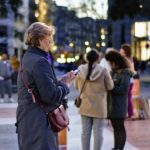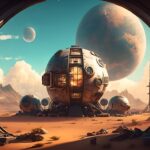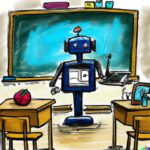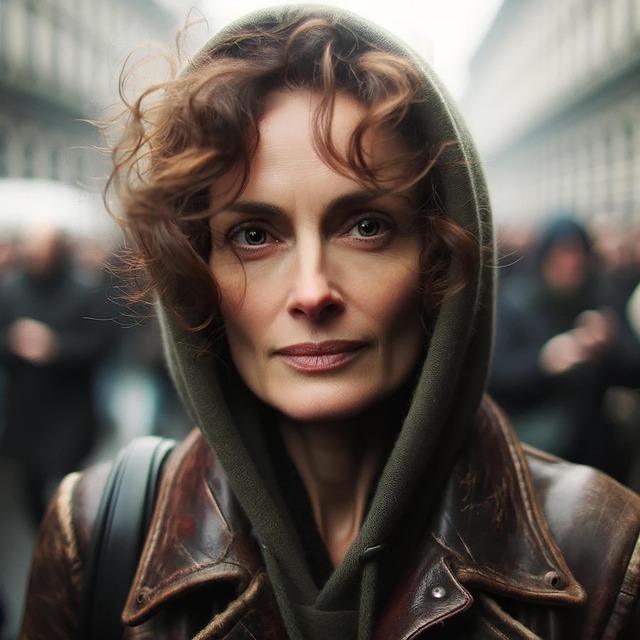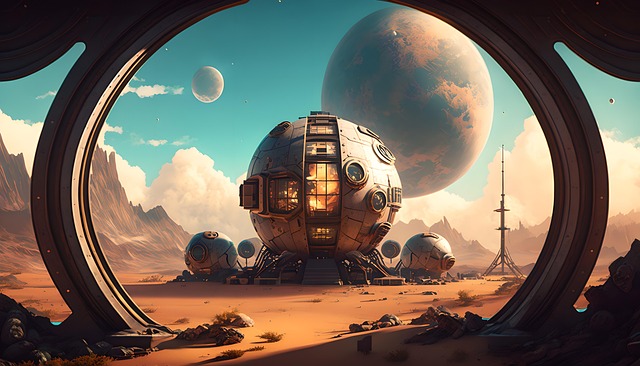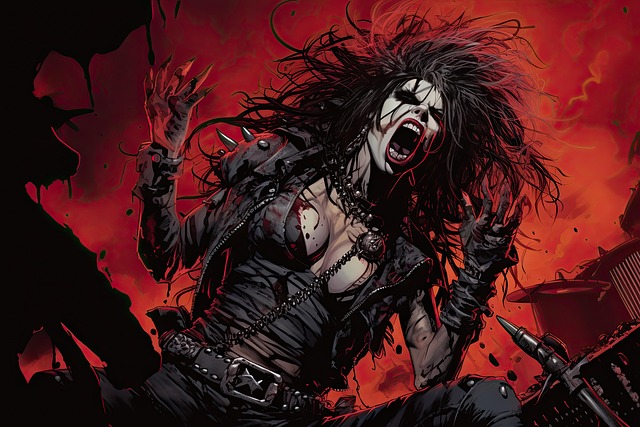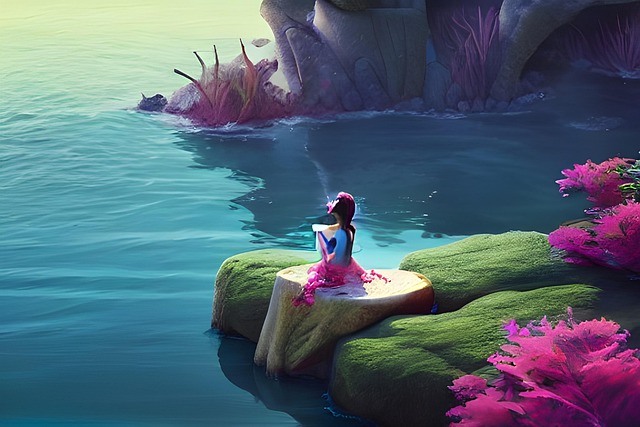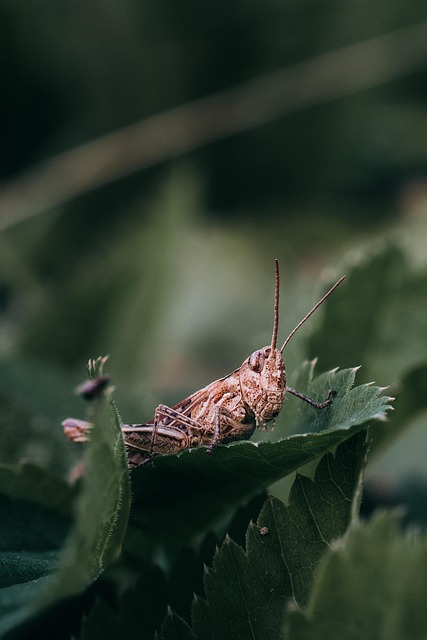Artificial intelligence (AI) has been making waves in various industries, from healthcare to finance. But one area where its impact is particularly noteworthy is in the world of art. AI has taken the creative landscape by storm, pushing the boundaries of what is possible and challenging traditional notions of what constitutes art. From generating original pieces to enhancing existing works, AI is revolutionizing the way we think about and create art. In this article, we will delve into the world of artificially intelligent art and explore how it is changing the face of creativity.
The Rise of AI in Art
The use of AI in art is not a new concept. In fact, the earliest known use of AI in art dates back to the 1960s when the computer program “AARON” was created by artist Harold Cohen to generate original drawings. However, it is only in recent years that AI has gained widespread recognition and acceptance in the art world.
One of the main reasons for this is the advancement of technology. With the development of more powerful computers and sophisticated algorithms, AI has become more capable of creating complex and realistic art. This has sparked a growing interest in the potential of AI to produce original and meaningful works of art.
Another factor contributing to the rise of AI in art is the increasing acceptance and recognition of digital art. As technology has become more integrated into our daily lives, the line between traditional and digital art has become blurred. This has opened up new possibilities for artists to experiment with AI and incorporate it into their creative process.
AI-Generated Art: The Good, the Bad, and the Controversial
One of the most significant ways in which AI is revolutionizing the creative landscape is through the generation of original art. Using algorithms, AI can analyze vast amounts of data and create new works based on patterns and trends it has identified. This has led to the creation of some truly remarkable pieces, such as “The Next Rembrandt,” a painting generated by AI that closely resembles the style of the famous Dutch artist.
However, the use of AI in art has also sparked controversy. Some argue that AI-generated art lacks the human touch and emotion that is essential to true artistic expression. They believe that art should be a reflection of the human experience and that AI is incapable of capturing this essence.
On the other hand, proponents of AI-generated art argue that it opens up new possibilities and challenges traditional notions of what constitutes art. They believe that AI is not meant to replace human artists but rather to enhance their creativity and push the boundaries of what is possible.
Enhancing Existing Art with AI
Aside from generating original works, AI is also being used to enhance existing art. One example of this is the restoration of damaged or deteriorating artworks. Using AI, experts can analyze high-resolution images of the original piece and generate a digital replica that can be used to restore the artwork to its former glory.
AI is also being used to bring old paintings to life. By analyzing the brushstrokes and techniques used by the artist, AI can create a 3D model of the painting and animate it, giving viewers a glimpse into how the artwork may have looked when it was first created.
Moreover, AI is being used to create interactive experiences with art. For instance, the Google Arts and Culture app uses AI to analyze a user’s selfie and match it with a famous painting that resembles the person. This has made art more accessible and engaging for a wider audience, further blurring the lines between the physical and digital world.
The Future of AI in Art
The potential of AI in art is limitless, and its impact on the creative landscape is only just beginning. As technology continues to advance, we can expect to see more sophisticated and realistic AI-generated art. This could lead to a shift in the way we perceive and value art, challenging our traditional notions of what constitutes creativity and artistic expression.
Moreover, AI could also play a significant role in making art more inclusive and diverse. By analyzing data and trends, AI can identify biases and help artists create more diverse and representative works. This has the potential to bring about positive change and promote inclusivity and equality in the art world.
However, as with any new technology, there are also concerns about the potential negative impact of AI on the art world. There are fears that AI could lead to the devaluation of human artists and create a divide between traditional and AI-generated art. It is essential for the art community to embrace AI and find ways to collaborate and integrate it into their creative process while also preserving the human element in art.
In conclusion, AI is revolutionizing the creative landscape and challenging our perceptions of what constitutes art. From generating original pieces to enhancing existing works, AI is pushing the boundaries of what is possible and opening up new possibilities for artistic expression. As technology continues to evolve, it is crucial for the art world to embrace AI and find ways to work together to create a more diverse, inclusive, and innovative art scene.

